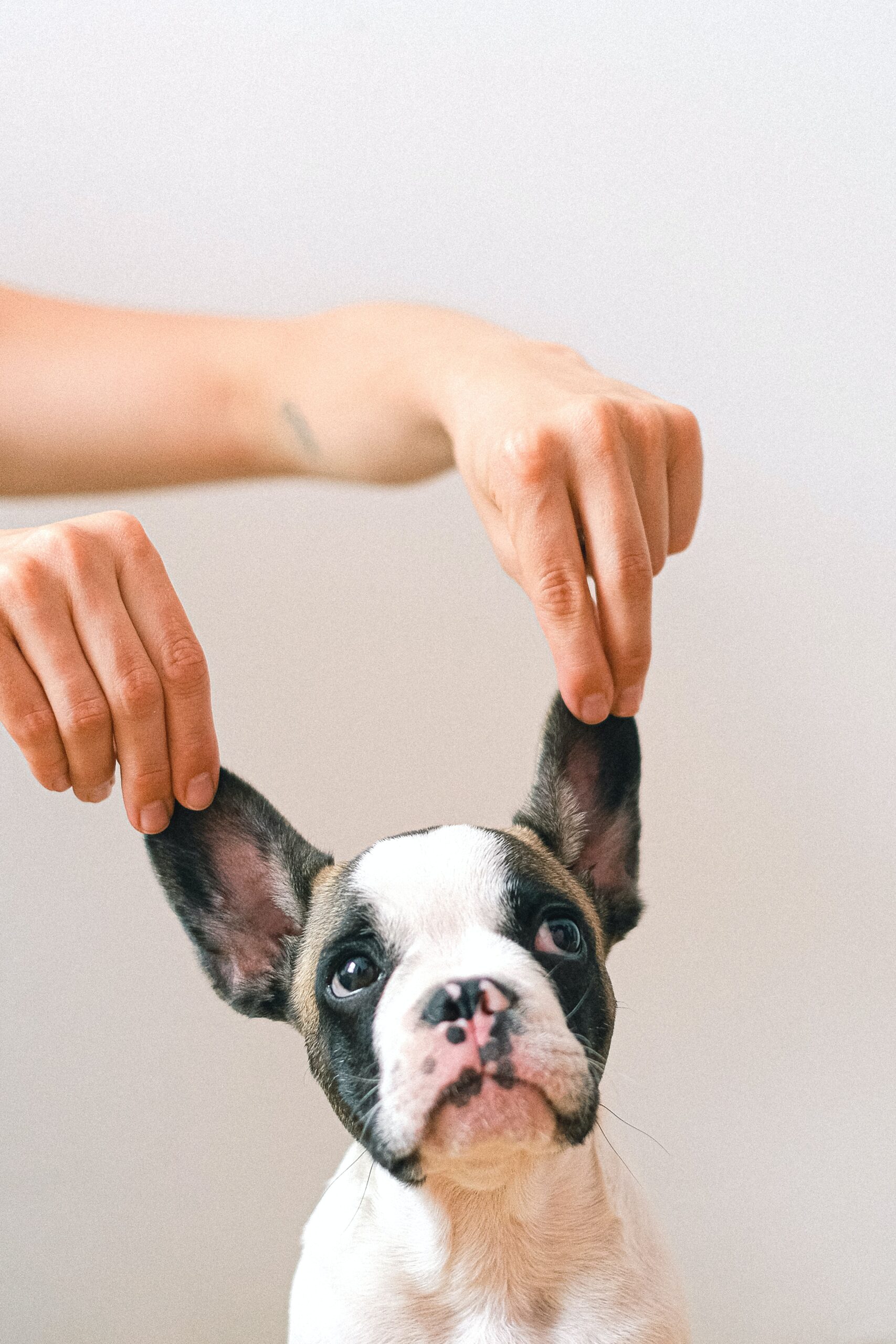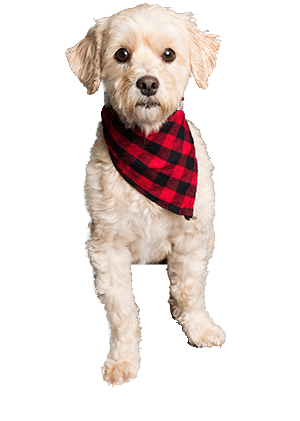Rabies Symptoms and Vaccine Guide for UK Travellers and Residents
Rabies, a potentially **fatal viral infection**, has been a concern for travelers and residents alike, especially when venturing to regions where the disease is prevalent. With recent reports highlighting rabies cases originating from places like Morocco, it’s crucial for UK travelers and residents to understand the symptoms, vaccine options, and preventive measures associated with this deadly disease.
What is Rabies?
Rabies is a viral infection that primarily affects mammals, including humans. The virus is most commonly transmitted through the **bite or scratch of an infected animal**, predominantly dogs. Once symptoms appear, rabies is almost always fatal, which underscores the importance of prevention and early intervention.
Symptoms of Rabies in Humans
Recognizing the symptoms of rabies early can significantly improve the outcome, although the disease is typically only diagnosed after symptoms have appeared. Here are the common symptoms and their progression:
– Initial Symptoms:
– Progressive Symptoms:
As the infection advances, the patient may fall into a coma and, without intervention, the disease results in death.
Rabies Risk in Various Regions
While the UK is considered free of dog-mediated rabies, the risk persists for those traveling abroad. Some regions have **higher prevalence rates**, including parts of Asia and Africa. For travelers, especially to countries like Morocco, understanding these risks and taking necessary precautions can make a significant difference.
Recent Rabies Cases
Tracking recent rabies cases, particularly those affecting UK travelers, underscores the importance of awareness and preparedness. If traveling to regions where rabies is endemic, consider rabies vaccinations before departure.
Rabies Vaccination: Crucial Protection
Vaccination against rabies is the most effective way to prevent this disease. There are two primary circumstances where vaccinations are considered:
– **Pre-Exposure Prophylaxis**: Recommended for individuals at high risk of encountering the rabies virus. This includes:
– **Post-Exposure Prophylaxis**: Necessary after a potential rabies exposure. The protocol involves a series of shots that should be administered promptly after an exposure.
Understanding the Rabies Vaccine
The vaccination process involves a series of injections, typically over a few weeks. Here’s what one should know about receiving a rabies vaccine:
– Safety: The rabies vaccine is generally safe, with side effects being mild and including soreness at the injection site, headache, or nausea.
– Effectiveness: The vaccine is highly effective in preventing rabies if administered before symptoms develop.
– Availability: In the UK, rabies vaccinations can be accessed through private clinics, travel health centers, and, in some cases, NHS facilities for high-risk groups.
Tips for UK Residents and Travelers
As a UK resident or traveler, there are practical steps you can take to mitigate the risk of rabies:
Before Traveling:
– **Consult with a healthcare provider**: Discuss potential risks and the need for vaccinations, especially if traveling to areas with higher instances of rabies.
– **Pack wisely**: Include basic first aid essentials that can be used to clean wounds promptly should an exposure occur.
During Travel:
– **Avoid contact with animals**: Steer clear of stray or wild animals.
– **Stay informed**: Be aware of the local rabies risk and follow guidelines from local health authorities.
– **Immediate action**: If bitten or scratched, wash the wound thoroughly with soap and water, and seek medical care immediately.
Conclusion: Staying Informed and Prepared
Rabies remains a threat to travelers and residents who may encounter the virus through animal bites or scratches. **Early awareness, vaccination, and quick action are vital** in preventing this fatal disease. By staying informed about rabies, its symptoms, and ensuring timely vaccinations, UK residents and travelers can protect themselves and contribute to broader public health safety. **Seek medical advice** before traveling and report any animal bites or scratches **immediately** to safeguard your health and that of others.


